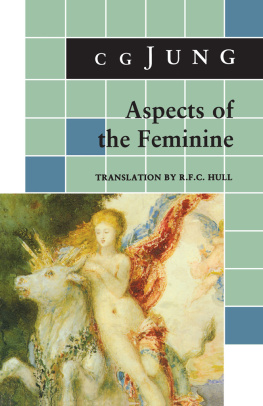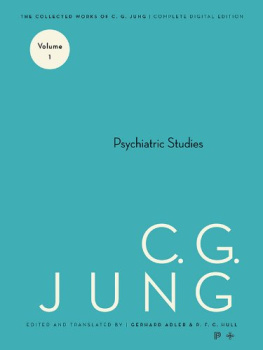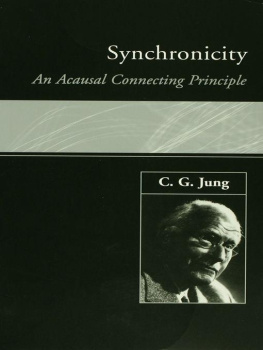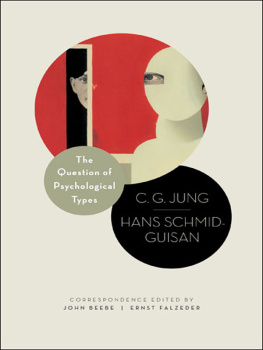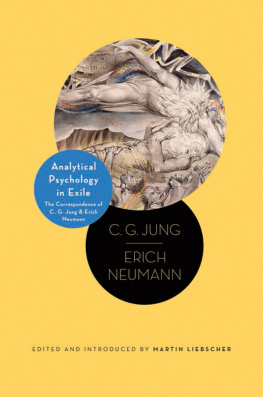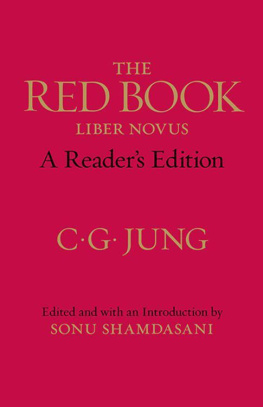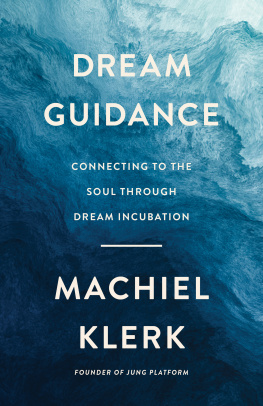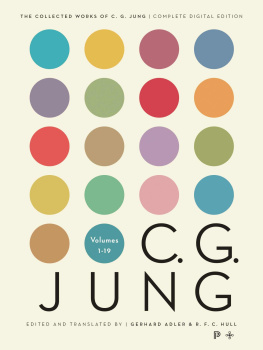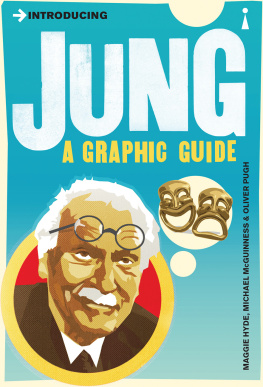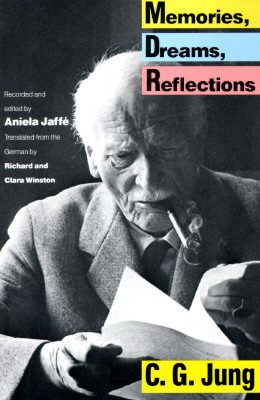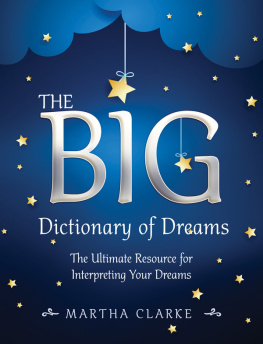DREAMS

from
The Collected Works of C. G. Jung
VOLUMES 4, 8, 12, 16
BOLLINGEN SERIES XX

The Dream of Nebuchadnezzar
From the Speculum humanae salvationis, Codex Palatinus Latinus 413,
Vatican, 15th cent. (see )
DREAMS
C. G. Jung
With a new foreword by
Sonu Shamdasani
Translated by R.F.C. Hull

BOLLINGEN SERIES

COPYRIGHT 1974 BY PRINCETON UNIVERSITY PRESS
FOREWORD TO THE 2010 EDITION COPYRIGHT 2011
BY SONU SHAMDASANI
PUBLISHED BY PRINCETON UNIVERSITY PRESS, 41 WILLIAM STREET,
PRINCETON, NEW JERSEY 08540
PRESS.PRINCETON.EDU
All Rights Reserved
First Princeton/Bollingen Paperback Edition, 1974
Paperback reissue, with a new foreword by Sonu Shamdasani, 2010
The Analysis of Dreams and On the Significance of Number Dreams extracted from Volume 4 in The Collected Works of C. G. Jung, Freud and Psychoanalysis, Copyright 1961 by Bollingen Foundation, New York. General Aspects of Dream Psychology and On the Nature of Dreams extracted from Volume 8, The Structure and Dynamics of the Psyche, Copyright 1960 by Bollingen Foundation, New York, N.Y.; 2nd Edn., Copyright 1969 by Princeton University Press. The Practical Use of Dream-Analysis extracted from Volume 16, The Practice of Psychotherapy, Copyright 1954 by Bollingen Foundation Inc., New York, N.Y.; new material Copyright 1966 by Bollingen Foundation. Individual Dream Symbolism in Relation to Alchemy extracted from Volume 12, Psychology and Alchemy, Copyright 1953 by Bollingen Foundation Inc., New York, N.Y.; new material Copyright 1968 by Bollingen Foundation.
All the volumes comprising the Collected Works constitute number XX in Bollingen Series, under the editorship of Herbert Read, Michael Fordham, and Gerhard Adler; executive editor, William McGuire.
LIBRARY OF CONGRESS CONTROL NUMBER: 2010934720
ISBN: 978-0-691-15048-2
Printed on acid-free paper.
PRINTED IN THE UNITED STATES OF AMERICA
1 3 5 7 9 10 8 6 4 2
TABLE OF CONTENTS
Translated from LAnalyse des rves, Anne psychologique (Paris), XV (1909).
Translated from Ein Beitrag zur Kenntnis des Zahlentraumes, Zentralblatt fr Psychoanalyse (Wiesbaden), I (1910/11).
Translated from Allgemeine Gesichtspunkte zur Psychologie des Traumes, in ber psychische Energetik und das Wesen der Trume (Zurich: Rascher, 1948).
Translated from Vom Wesen der Trume, in ber psychische Energetik und das Wesen der Trume (Zurich: Rascher, 1948).
Translated from Die praktische Verwendbarkeit der Traumanalyse, in Wirklichkeit der Seele (Zurich: Rascher, 1934).
Translated from Psychologie und Alchemie (Zurich, 1944; 2nd edn., revised, 1952).
FOREWORD TO THE 2010 EDITION
READING JUNG AFTER THE RED BOOK
With the publication of Liber NovusJungs Red Booka new chapter opens in the reading of Jungs works. For the first time, one is in a position to grasp the constitution of Jungs work from 1914 onward, and to trace the intimate connections between his self-experimentation and his attempts to determine the typical features of this process through his work with his patients and translate his insights into a language acceptable to a medical and scientific public. Thus, reading Liber Novus brings with it the task of rereading Jungs Collected Worksmuch of which appears in a wholly new light.
In the winter of 1913, Jung embarked on a process of self-experimentation. He deliberately gave free rein to his fantasy thinking and carefully noted what ensued. He later called this process active imagination. He wrote down these fantasies in the Black Books. These are not personal diaries, but rather the records of a self-experimentation. The dialogues that form these active imaginations can be regarded as a type of thinking in a dramatic form.
When World War I broke out, Jung considered that a number of his fantasies were precognitions of this event. This led him to compose the first draft of Liber Novus, which consisted of a transcription of the main fantasies from the Black Books, together with a layer of interpretive commentaries and lyrical elaboration. Here Jung attempted to derive general psychological principles from the fantasies, as well as to understand to what extent the events portrayed in the fantasies presented, in a symbolic form, developments that were to occur in the world.
Jung recopied the manuscript in an ornate Gothic script into a large red leather folio volume, which he illustrated with his own paintings. The overall theme of the book is how Jung regains his soul and overcomes the contemporary malaise of spiritual alienation. This is ultimately achieved by enabling the rebirth of a new image of God in his soul and developing a new worldview in the form of a psychological and theological cosmology.
Between 1916 and 1928, Jung published a number of works in which he attempted to translate some of the themes of Liber Novus into contemporary psychological language. In 1928, the sinologist Richard Wilhelm sent him a copy of the Taoist alchemical treatise The Secret of the Golden Flower, inviting him to write a commentary. Struck by the parallelism between the imagery of the text and some of his own mandalas, Jung finally decided to set aside his work on Liber Novus and not publish it. Instead he devoted himself to the cross-cultural study of the individuation process, focusing on medieval alchemy in particular, using parallels with his own material as a means to present the process in an indirect and allegorical form. Until now, this has presented formidable challenges for readers outside of Jungs inner circle.
DREAMS
We also live in our dreams, we do not live only by day. Sometimes we accomplish our greatest deeds in dreams.
In the twentieth century, Jung has been principally associated with the dream. These dreams led Jung to go back over his childhood dreams, and to pay renewed attention to his dreams and fantasies.
The following year Jung had a dream in which he killed the Germanic hero Siegfried. On awaking, Jung thought that he would have to kill himself if he couldnt solve the riddle of the dream, which he eventually managed to do. Jungs explorations led him to a new respect for the significance of dreams and the ambiguity of their language:
I must learn that the dregs of my thought, my dreams, are the speech of my soul. I must carry them in my heart, and go back and forth over them in my mind, like the words of the person dearest to me. Dreams are the guiding words of the soul.
Dreams pave the way for life, and they determine you without you understanding their language. One would like to learn this language, but who can teach and learn it?
In the three following papers, Jung attempted to portray his new understanding of dreams and how their study could be of therapeutic benefit. This volume ends with Jungs epochal study of the reemergence of alchemical motifs in the dreams of the Nobel
Next page

